Drill vs Impact Driver: Differences & Benefits
An impact driver and a drill side by side look very similar. Both have a finger trigger, forward and reverse function, and inbuilt LED light. Each tool can even do the job of the other to an extent. So, impact driver vs drill. Which should you choose? Let’s take a look at their differences and uses.
What is the difference between an impact driver and drill?
One of the first things you’ll notice about an impact driver is that it is shorter. There is no clutch for torque selection and the chuck is a fixed size hexagonal quick release design which is less versatile than the twist chuck on a drill. Instead there is a hammer mechanism hidden away inside the impact driver. This means the tool applies rotational impact to achieve much greater torque than a drill, which makes fixing bolts and screws a breeze.
The twist chuck on a drill is larger, but more accommodating for a range of bits from 2 up to 13 millimetres. Behind this is the clutch for setting the torque and switching between drill and hammer drill functions where equipped. A drill can perform a wider range of functions than an impact driver, including the fixing of bolts and screws. So if a drill can do everything an impact driver can do, why own an impact driver?
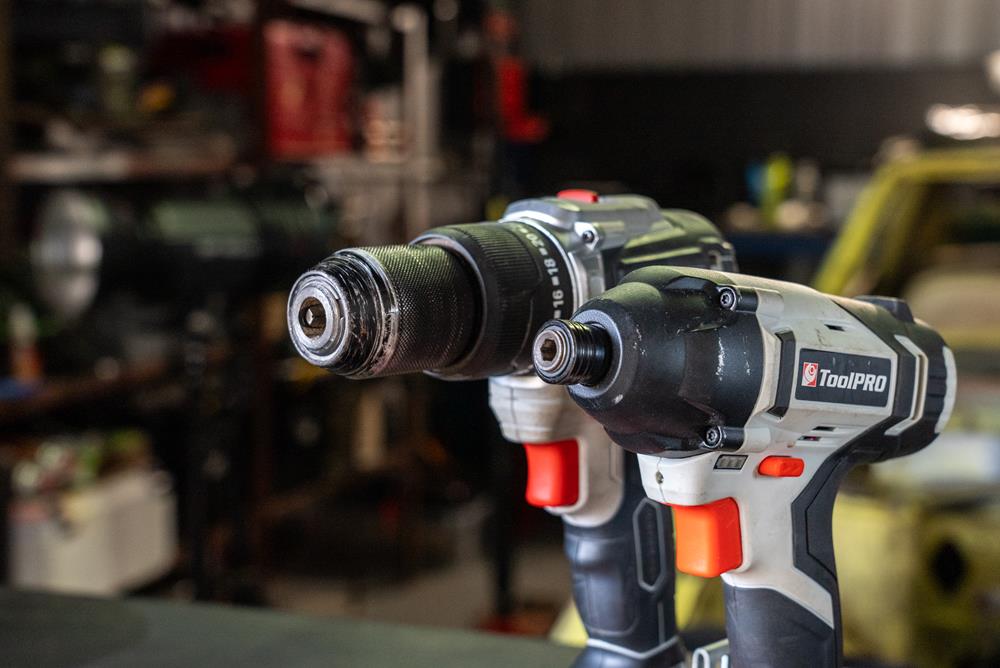
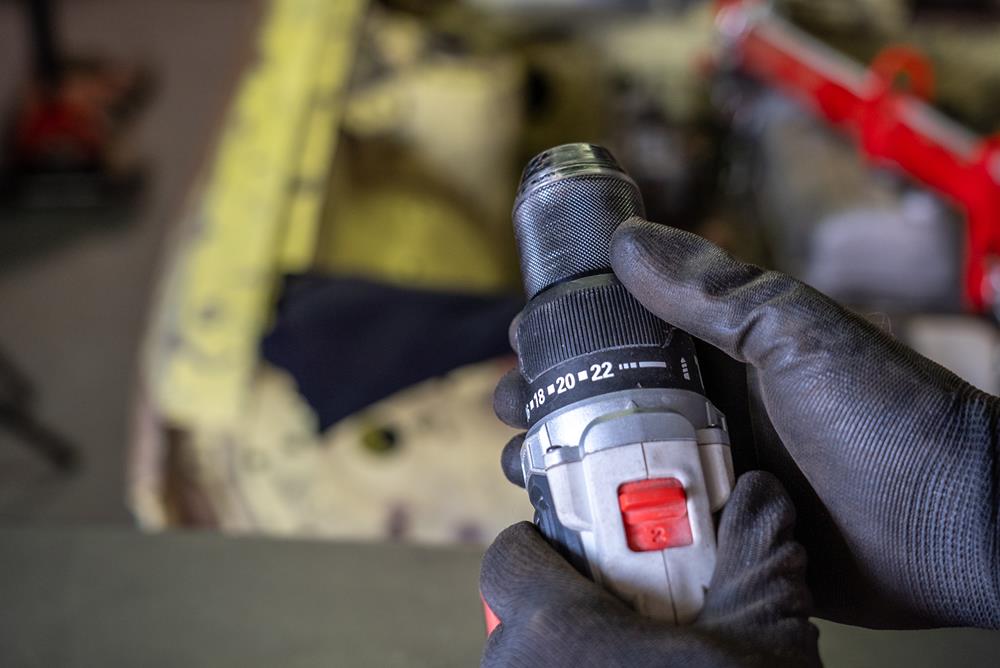
When to use an impact driver vs drill?
If you have a budget for one power tool, a drill should be your choice. You can select your speed and torque, easily fit just about any drill bit, and accurately drill a hole, then insert a driver bit and fix a couple of screws into most materials with no problem.
But what if you have a lot of screws to fix? Like replacing the roof on your shed, or even building a deck? Equipped with the right bit, your drill might handle the job. But it will be slow, create more wear and tear on the drill, and could strain your wrists over time.
In this scenario, you can equip your drill with a bit to drill a hole, then grab your impact driver to insert a screw. The impact action causes less strain on your wrists, and inserts screws much quicker and easier. If you’d rather leave your drill in the toolbox, grab some self-tapping screws. The enormous torque of an impact driver will power through hundreds of these with ease.
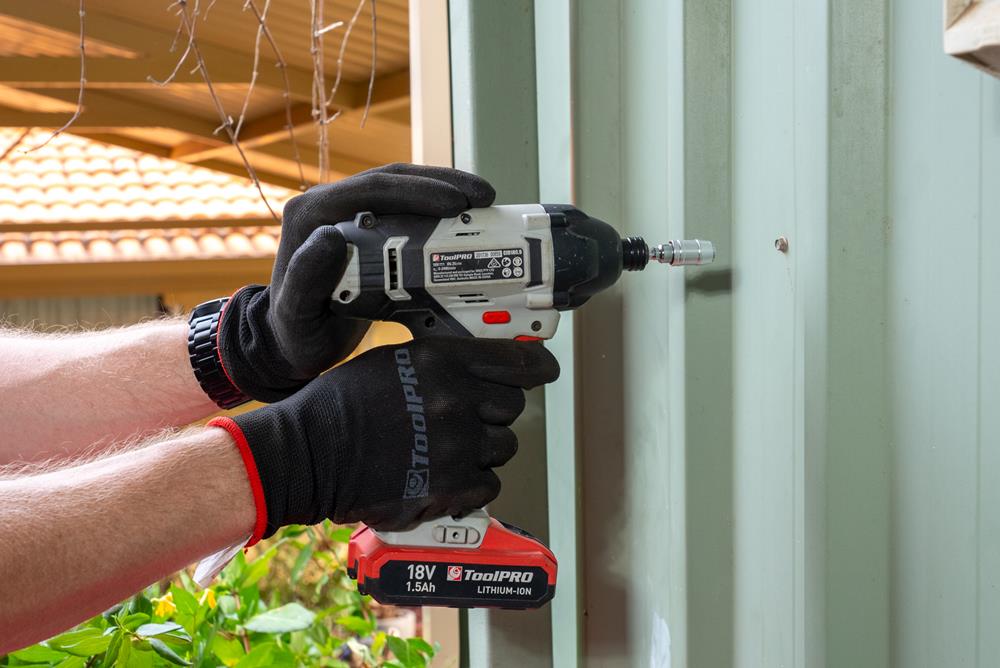
Pros and Cons
What are the pros and cons of impact drivers vs drills?
To help you make a decision on impact driver vs drill, we’ve created this SUPER list of pros and cons to see the difference between an impact driver and a drill.
DRILL
Pros:
- Versatility: Can be used for a wide range of tasks, including drilling holes and driving screws.
- Adjustable Clutch: Allows control over the torque, preventing overdriving or stripping screws.
- Variable Speed: Offers more control over the speed, making it suitable for a variety of materials.
- Chuck Accepts Various Bits: Can use drill bits, screwdriver bits, and other accessories.
Cons:
- Less Torque: Compared to impact drivers, they have less torque, making them less effective for driving large or long screws into hard materials.
- Can Struggle with Hard Materials: May not perform as well when drilling into very hard materials like concrete (without a hammer function).
- Potential for Wrist Strain: Without a torque control mechanism like an impact driver, can cause wrist strain if the drill bit jams.
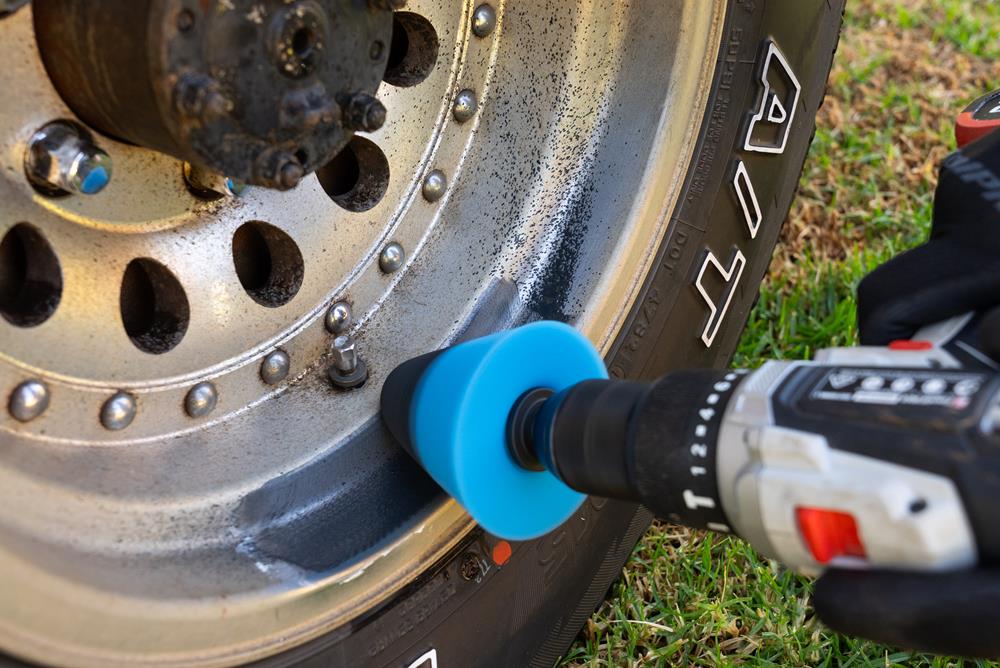
IMPACT DRIVER
Pros:
- High Torque: Provides more torque, ideal for driving long screws, and driving into tough materials.
- Compact and Powerful: Usually more compact but powerful, good for working in tight spaces.
- Less Wrist Strain: The impact mechanism reduces the likelihood of wrist strain when the tool jams.
- No Cam-Out Effect: Less likely to strip screws compared to a standard drill.
Cons:
- Less Versatile: Primarily designed for driving screws; not as suitable for drilling holes.
- Noisy: The impact mechanism can be quite loud.
- Limited Speed Control: Typically have less variable speed control compared to power drills.
- No Adjustable Clutch: Lack of a clutch can lead to overdriving screws in softer materials.
- Bit Compatibility: Requires hex-shank bits, which can limit the variety of bits you can use.
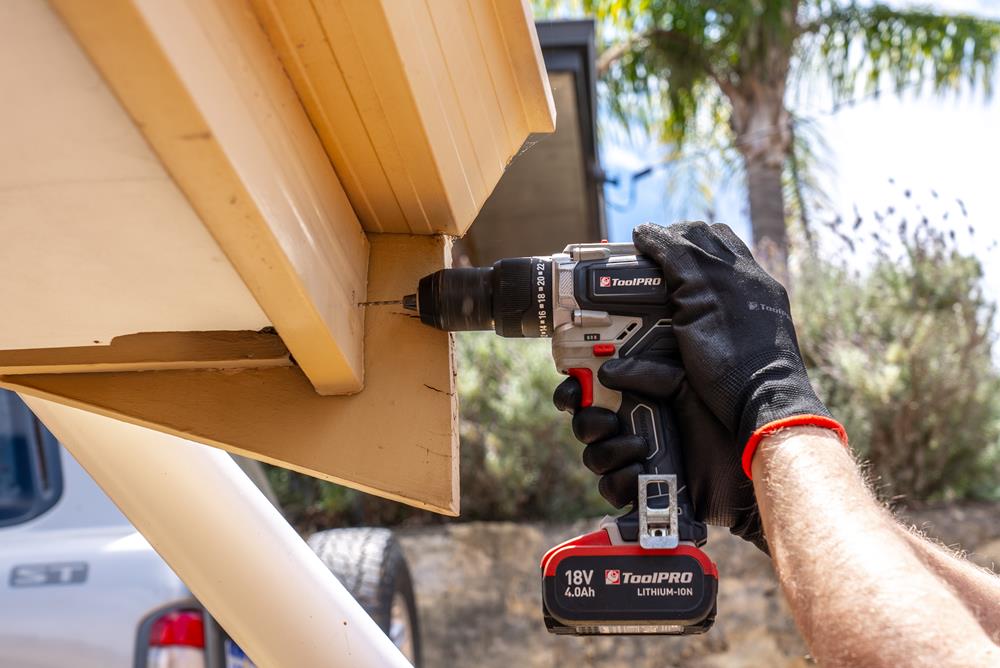
Choosing the right tool for your project
To further help you choose between a drill vs impact driver, here are a few questions to consider about your project
How big are your screws?
Small screws may benefit from the adjustable torque of a drill to avoid damaging them. For larger screws you’ll want the extra grunt of an impact driver
What material are you screwing into?
For delicate or thinner materials, reach for a drill. For thicker and tougher materials, grab an impact driver.
How many screws are you fitting?
Even for tougher material and bigger screws, a drill will probably do the job for just a couple. But for larger numbers of screws you should choose an impact driver
Tips & FAQs
What is an impact drill used for?
An impact drill is often also called a hammer drill. Typically the hammer function can be engaged and disengaged on the drill clutch. An impact drill makes drilling into masonry, brick, tile, ceramic, and concrete much quicker and easier. However it’s not to be mistaken for the same thing as an impact driver.
Which tool is better for driving screws?
If you have an impact driver, this will be the best choice for driving screws most of the time. However, if you are driving screws which require gentle torque, the drill may be the better choice with its adjustable clutch. Even if the screws are larger and require more torque, a drill will probably be just fine for a small number of screws.
What safety considerations should I keep in mind when using an impact driver or drill?
The first thing to be considered at all times is safety protection. Glasses and gloves at a minimum. Hearing protection is important when using an impact driver and depending on the job; you may need a dust mask.
Also ensure that your work area is clear of anything which could get caught in the drill or driver. And if you’re working on a smaller piece; secure it tightly.
Finally, ensuring you grab the right bit for the job at hand will not only make things safer; but easier as well.
How do I maintain and care for my impact driver and drill?
There’s very little maintenance required to keep your impact driver or drill performing at its best. If you own an air compressor, give the tool a light blow off including the vents after dusty work. Then wipe over with a clean dry cloth. You can lightly lubricate the chuck if you like, and always charge batteries as they go flat. Just don’t leave them on charge over long periods. Store them away from sun and dust and you’ll have many years of trouble free service from your drill and impact driver.
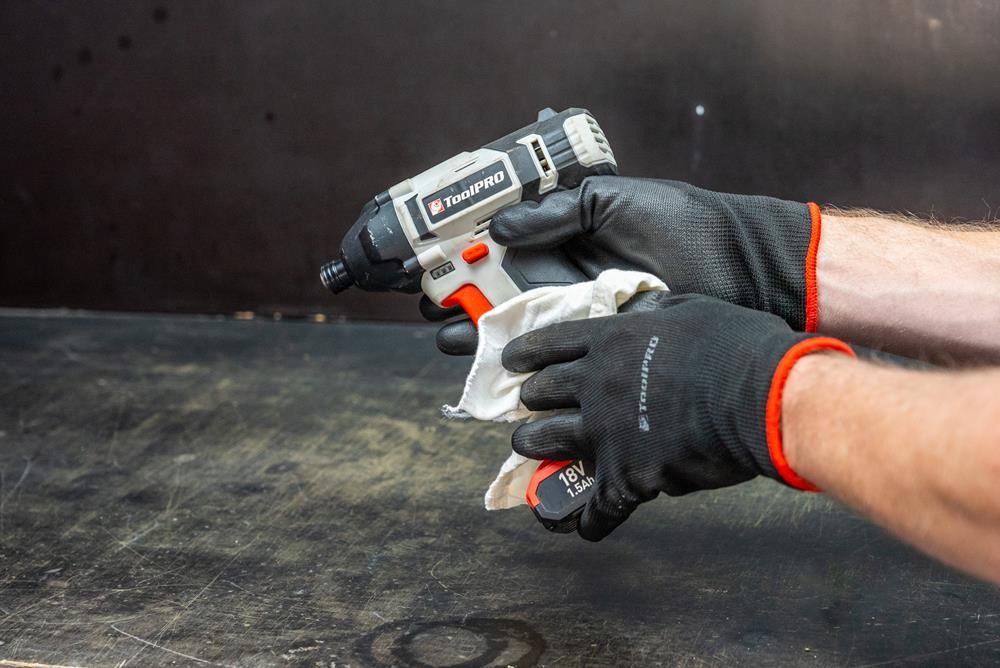
*Important information* - Click here to read more about our DIY Advice Terms and Conditions.